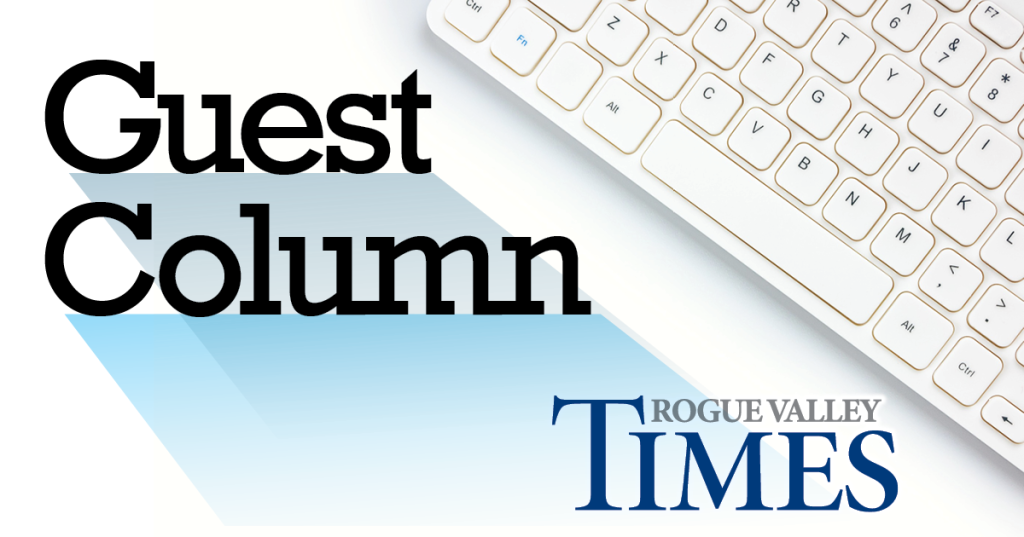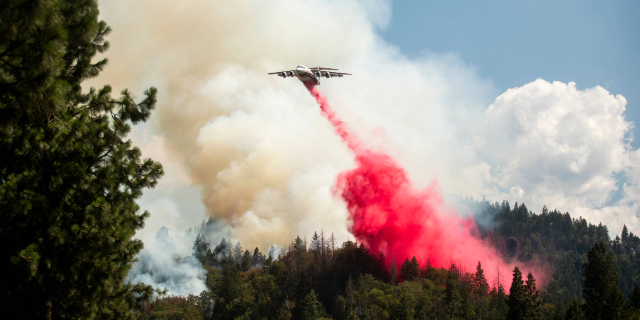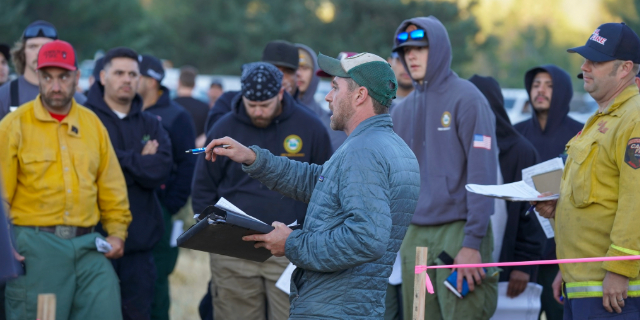GUEST COLUMN: A vision for public lands we can all agree on
Published 6:00 am Tuesday, August 27, 2024

- Guest Column logo
Last month I was atop the Steens Mountain in Oregon, looking over a vast expanse of our nation’s public lands. A young couple was nearby, and I offered to take their photo. Suddenly, the young man went on bended knee, proposing to his beloved.
Trending
He had planned it for months. They had traveled from the Midwest, hundreds of miles, for this moment. I was delighted but not surprised: public lands often serve up lifetime memories.
Each and every American owns our public lands. They provide so much: wildlife habitat, clean water and energy, food and timber, solace and recreation, and more. Balancing these values is the job of the Bureau of Land Management, for both current and future generations.
It’s not easy, but it is vital to get that balance right. Our challenges are urgent and growing, including bigger, hotter wildfires, longer droughts, invasive weeds and watersheds struggling with less water. This comes as visitors seek recreation and renewal at record rates — that young couple was just two of roughly 82 million annual visitors to BLM lands.
Trending
Working with the public on behalf of our shared responsibility, we’ve accomplished a lot in the last three-and-a-half years.
With the Public Lands Rule, we recognize what Congress told us nearly 50 years ago: that conservation is equal to other uses of our public lands. We commit ourselves to be guided by assessments of landscape health, and through restoration and mitigation leases, we provide opportunities for Americans to assist us in conserving and improving our public lands.
Through the historic Inflation Reduction Act, we are making significant strides in restoring landscapes and watersheds across the West.
In Oregon for example, I saw how $32 million is being invested in conserving wildlife and aquatic habitats. This effort is also restoring forested and sagebrush landscapes degraded by unprecedented wildfires and invasive species.
This comes in addition to the remarkable investments made possible by the Bipartisan Infrastructure Law to address drought and wildfire, clean up abandoned oil wells and mines, and improve access to recreation.
We’re leading the way to a clean energy economy, surpassing our goal of 25 GW of clean energy by 2025. That’s enough to power 12 million homes and we are on the path to more than double that amount. We are achieving this through thoughtful policies, such as the Renewable Energy Rule and Western Solar Plan.
We’ve updated antiquated oil and gas regulations, because traditional fuels will continue to play an important role during the transition to clean energy. Through updated royalty rates, meaningful bonding requirements and guidance, we are discouraging irresponsible actors, better protecting communities and wildlife, and ensuring fair returns to American taxpayers.
We’re becoming the recreation agency the public expects us to become. We’ve crafted a blueprint for 21st century recreation, a major shift in how we prioritize and support outdoor recreation.
We’re doing all of this as we better honor the federal government’s trust responsibility to Tribes, through incorporating Indigenous Knowledge, engaging in co-stewardship and ensuring respect for and protection of sacred sites. There are two reasons I’m so confident we will continue to succeed in our charge to take care of the health of our public lands and waters as we deliver important resources to the American public.
First, BLM employees are the most pragmatic, can-do and dedicated bunch of public servants I’ve ever had the honor to work with. Our nation is indebted to them.
Second, the American people’s love of public lands is growing, and it endures. That young couple’s engagement story will doubtless be told for generations. Multiply that by the 82 million people who visited BLM lands last year and that’s a heck of a charge to do right by the lands and people we serve.
Editor’s Note Do you have a point you’d like to make or an issue you feel strongly about? Submit a letter to the editor or a guest column. {related_content_uuid}d425e847-c198-4da1-aaa0-499382a44d9e{/related_content_uuid}
Do you have a point you’d like to make or an issue you feel strongly about? Submit a letter to the editor or a guest column.









